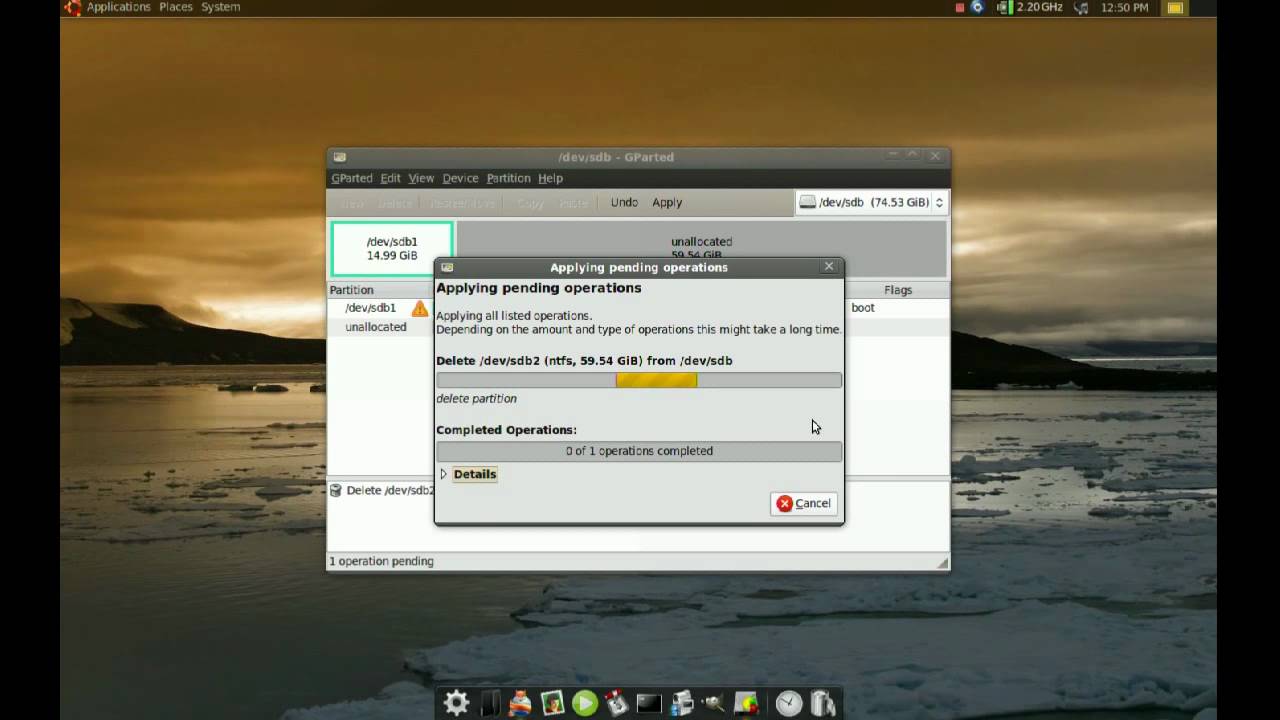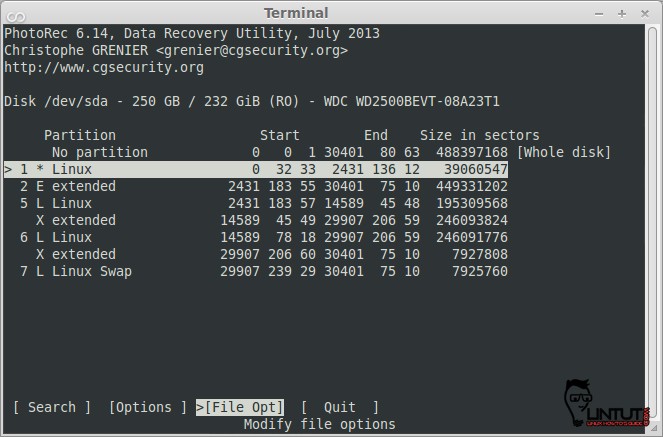

- #Linux mint testdisk how to
- #Linux mint testdisk install
- #Linux mint testdisk software
- #Linux mint testdisk license
With TestDisk, you can perform the following tasks: TestDisk promises to get the job done even if the media’s file system has been badly damaged or reformatted.
#Linux mint testdisk license
It is distributed under the GNU General Public License (GPLV v2 +). TestDisk for linux is an open source cross-platform application that is used to recover lost partitions on a wide variety of file systems, deleted files of any type, photos, videos and others from practically any medium, SD cards, hard drives, CD-ROMs or USBs.
#Linux mint testdisk software
Read: Is There Any Free Software For Data Recovery TestDisk Note : You might be tempted to use the -a flag with cp since you are restoring the file, but it is recommended not to do that, otherwise instead of simply copying the literal file content, you will be actually copying a (now-) broken symbolic link to the original file (that was once listed in its original directory). You can also execute : lsof | grep deleted With this information, you will be able to recover the file by running the command:Ĭp /proc/4171/fd/22 /path_to_restored_file 4171 as well as the number of the file descriptor (22r where “r” indicates that it is a regular file) which is located in the fourth column. Jot down the PID that is shown in the second column. If the command above yields the output below: To find out if this is the case, you can try out the following command: Therefore, If a running process still has the removed file open, you will be able to recover it through the open file descriptor above. One can find there a copy of the file, even if it has been removed from the filesystem: Every Linux process has a directory there bearing its name and in which, we can find many useful things such an fd (“file descriptor”) subdirectory which contains links to all the files that are still open by the process.

This is where the /proc directory, the Linux process pseudo filesystem, comes into play. If a process for instance (still) has the file open, the data might still be available there, despite the fact that the file might already have gone (according to the directory listing ). This delay is your lucky key to a happy and quick recovery. Read: Five best open source Backup utilities for Linux It’s only after all links are suppressed that an inode along with the blocks of data it pointed to are actually made available again for writing. Other Linux processes (such as your video player) might actually still have it accessible or open. When you carry out an ‘rm’ command on a file, you’re actually deleting the link that is pointing to its inode, but not the inode per se. You might be able to restore the document using Linux powerful lsof command, which stands for “list of open files”.īriefly, on a Linux filesystem, a file is just a link to an inode, which stores all of the properties of the file, such as ownership and permissions, data blocks addresses where the content of the file is stored on disk. Ideally, you have just deleted the document, even though you have edited it with another application or it has been opened by a process.

It is important that you do not panic as soon as you notice the data loss problem.
#Linux mint testdisk how to
In this tutorial, you will learn how to recover deleted files on Linux using some built-in and downloadable utilities.
#Linux mint testdisk install
Don’t copy, cut or paste, don’t manipulate files, don’t delete and install programs unless this is absolutely necessary as it will be the case with the tools below. When you realize you’ve deleted something, you shouldn’t try to mess up with the other files. It is important to know however that the earlier you notice the deletion, the more likely these tools will be able to recover your files. The good news is that there are tools that can do magic. Many think that the data they have just lost is gone for good and there is no way it can be retrieved or recovered. Republished on June 17th 2022 –Losing files is really annoying for all of us.


 0 kommentar(er)
0 kommentar(er)
